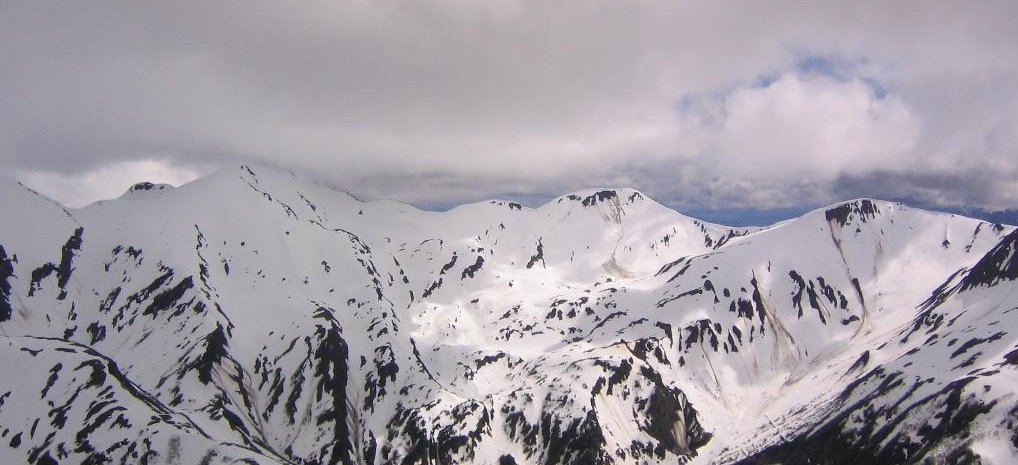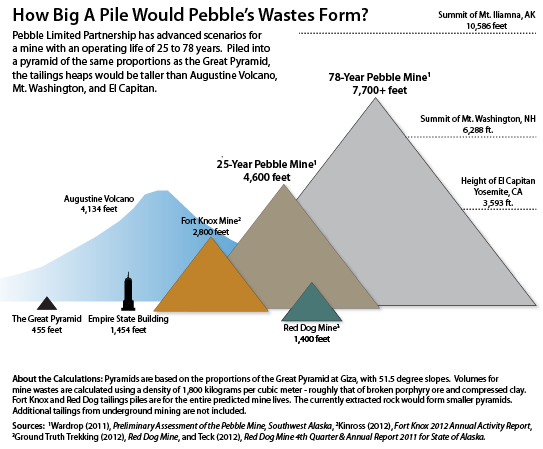
Summary
The Alaska Juneau (AJ) mine operated from 1917 to 1944, producing 90 million tons of gold-bearing ore, and was one of the largest mines in the world at the time. Currently, the City and Borough of Juneau controls the land, and is considering re-opening the mine.

Background
The historic AJ mine site is right in the middle of present day downtown Juneau, one of the first big gold-rush towns in Alaska. Much of the land under downtown consists of waste rock from the mine. Though the ore in this area is low-grade, the combination of low-cost hydropower and access to timber and water transportation made mining it profitable in the early 20th century.

The Alaska Juneau Gold Mining Company began operations near Juneau in 1912, and the AJ mill itself began operation in 1917. In the 1930’s the AJ mine employed around 1000 people, produced 12,000 tons of ore per day and operated 24 hours a day, 363 days a year. The mine continued operation until it was closed by federal order in 1944 since gold was considered non-essential for the war effort. In total, around 90 million tons of ore were mined, producing millions of ounces of gold.
Because of the composition of the ore deposit, acid mine drainage has not been a problem at the site. Some remenants of the mine have lingererd, most notably a large tank of petroleum sludge which was removed in 2007, but the majority of the infrastructure is long gone.
Since closure, several parties have owned the land, with periodic discussions about re-opening the mine. The Echo Bay Mining Company spent $100 million on the idea, from 1985-1997, before abandoning it in the face of falling gold prices and local opposition. The Juneau community itself was deeply divided over the issue of re-opening the mine.
Current Status
The City and Borough of Juneau (CBJ) owns rights to most of AJ mine through a unit agreement with AJT Mining Properties (which also owns Alaska Electric Light & Power (AEL&P)).
The CBJ’s “AJ Mine Advisory Committee”, tasked with examining the feasibility of re-opening the mine, reported their finding(10.5 MB) in May 2011. A public hearing was held on the issue in Juneau on April 21st, 2011, with residents spilt about equally between supporting and opposing the mine. Currently the city has decided to spend $250,000 examining the feasibility of the project, primarly on examining potential water pollution issues.
Whereas Echo Bay had considered a large mine, of 15,000-22,000 tons per day, the city is focusing on a smaller mine, of around 3,500 tons per day (about the size of Green’s Creek or Kensington). The proposal includes an unusual plan to perform the milling, and store tailings, underground.

AEL&P has stated that there is currently no surplus power available for a mine. The mine facility would have to generate power on-site, from diesel, or potentially from natural gas. AEL&P has also raised the possibility of having the mine operator partner with AEL&P to expand the Lake Dorothy hydropower project.
Some residents have already expressed concerns about re-opening the mine, citing pollution, noise, increased traffic, and the risk of water contamination. In April 2011, the Southeast Alaska Conservation Council (SEACC) released a report called “Minimum Operating Conditions for Re-Opening the A-J Mine”, which includes numerous suggestions for a socially and environmentally responsible version of a possible mine. These include guaranteeing water supply safety, protecting city infrastructure, shielding consumers from increased electricity prices due to the mine, and miscellaneous environmental and economic protections.
Further Reading
Created: Jan. 19, 2018